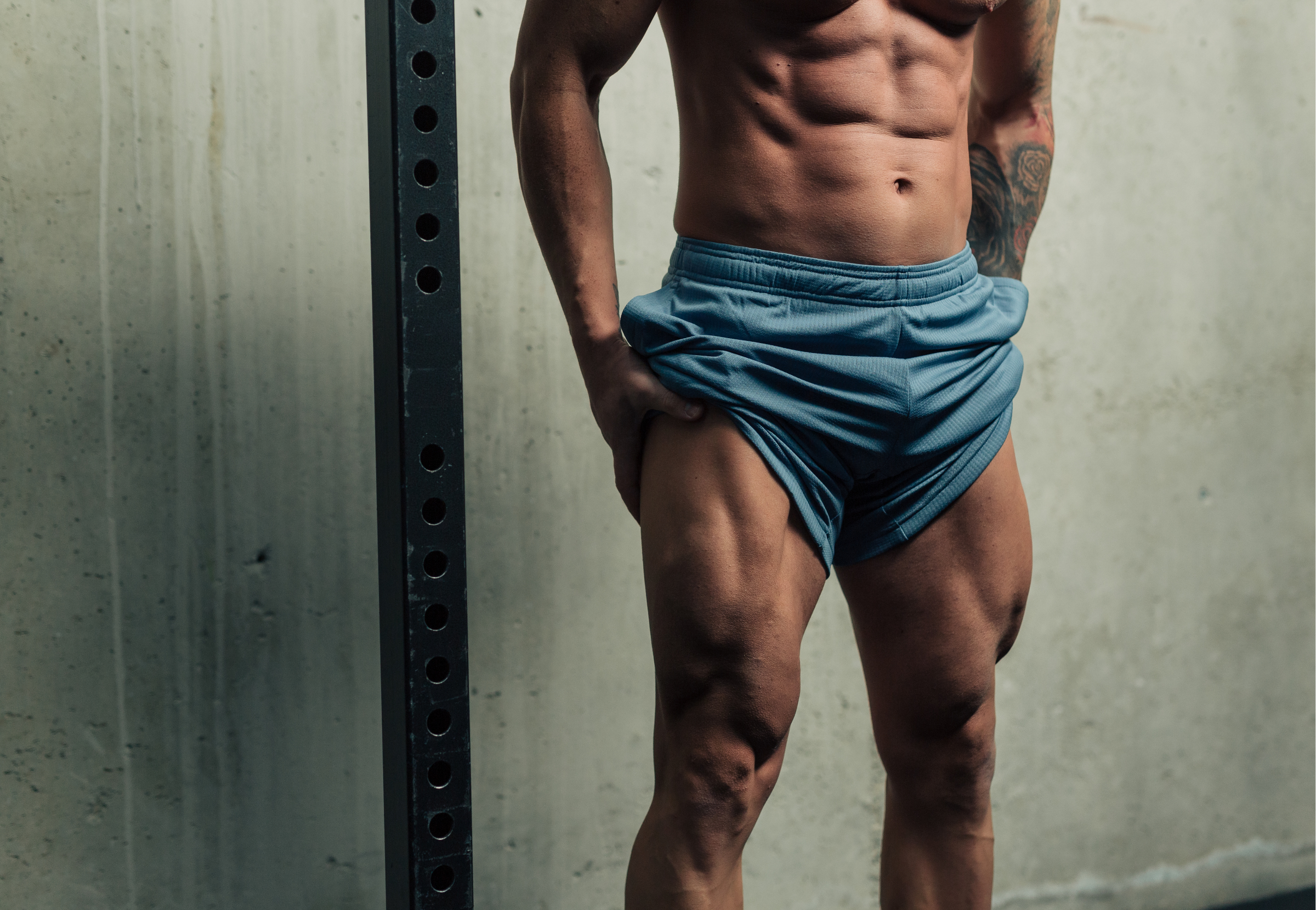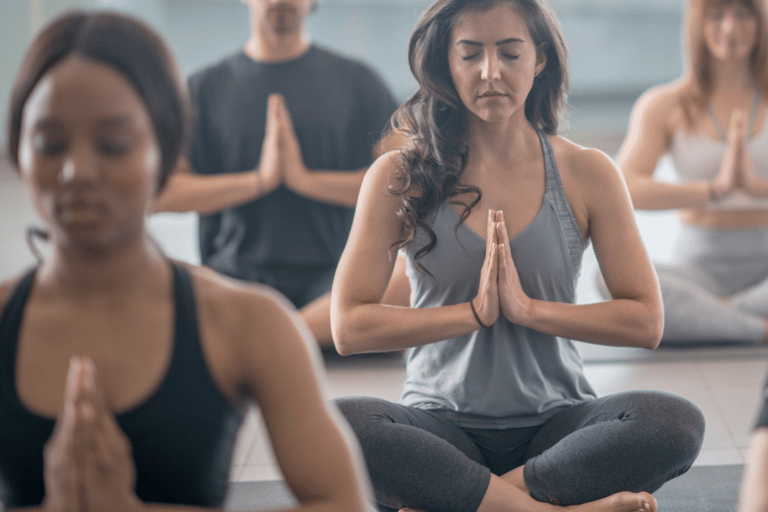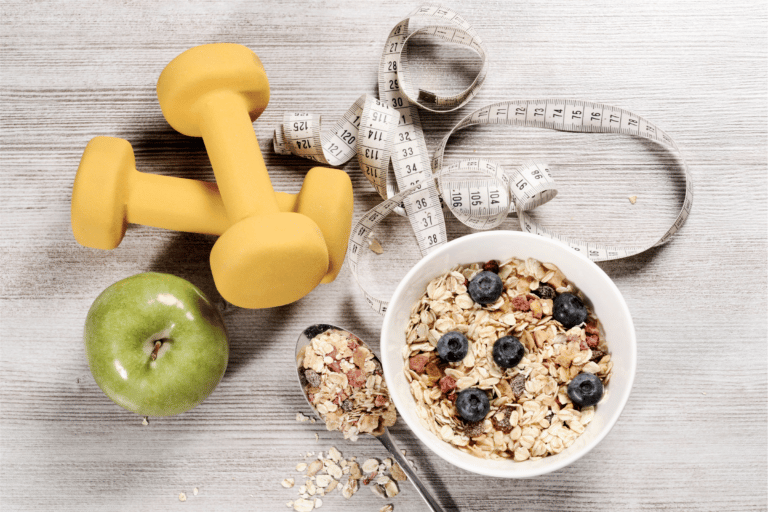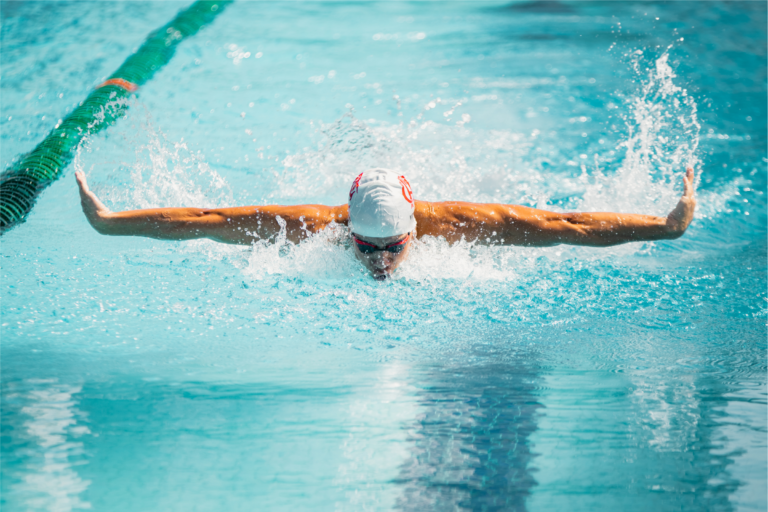The Most Powerful Strength Training Exercises for Runners
You know this about runners: they are fast, and while they may not be as buffed up as weightlifters, they’ve got well-defined muscles. If you’re one yourself, you can attest to the fact that speed and strength go hand-in-hand for a successful run, be it a marathon, a 10-minute jog, or a 100-meter race.
The thing is, you might possess Usain Bolt’s speed, but without strength, you’re unlikely to last long in the game because weak muscles can’t provide the energy burst needed to maintain steady speed. Don’t get too worked up now, because we’ve organized a comprehensive guide with the best strength training exercises, especially for runners like you. It’s a ready-to-go blueprint, and you’re on your way to set the track on fire.
Do Runners Need Strength-training Exercises?
Indeed, because speed is only one aspect of a runner’s requirements, and it doesn’t end there. Without strong muscles, you increase your risk of injury and fatigue, particularly in the same muscles that are engaged while you run.
Besides that, if part of the fuel for running comes from your muscles, wouldn’t it be to your own advantage if you strengthened them? Runners are advised to incorporate strength-building exercises into their routine for the reasons outlined below.
Benefits of Strength Training Exercises for Runners.
- Increased VO2 Max: This is the volume of oxygen your body can absorb while you exercise, and researchers say that about 40 weeks of strength training can significantly improve this capacity along with running economy—an important metric for runners.
- Reduced risk of injury: When you strength train, your body goes through so many transformative changes to ensure that your muscles, joints, and bones are actually strengthened. By building your muscles, stabilizing your joints, and tightening your core, your body becomes strong enough to withstand forces that could potentially injure you.
- Increased speed: Some track athletes refuse to spend sufficient time on strength training, fearing that they might become slower due to muscle hypertrophy, and as such, they do high-repetition, low-load strength training. However, science debunked this when a study showed that strength training improved running economy from 2 to 8% and concomitantly increased sprint speeds and training times for runners.
The benefits listed are just a few among many, yet they are greatly advantageous to you and have the potential to serve as a game-changer in your running career. Now that you’ve seen why strength training is relevant for runners, let’s see the exercises you need for effective strength training.

What are the Best Strength Training Exercises for Runners?
There are so many exercises that can help you strengthen your muscles, but we’ve picked the very best of them, which we believe are most relevant for runners.
Squats
These target your hamstrings, glutes, quadriceps, and calf muscles and strengthen them against injury risk as you run while improving flexibility for better performance.
Stand with your feet apart, as wide as the distance between each hip, then point your toes slightly outside. As you lower yourself, bend your knees and assume a sitting position like you’re on a chair until your hip crease is lower than your knees.
Push up through your heels and resume the standing position. Repeat as many times as you can.
For increased difficulty, you can perform squats with a dumbbell resting across your upper back.
Single-leg Deadlift
It targets your glutes, hamstrings, and lower back to improve balance and stability while increasing your running power.
Stand while holding a dumbbell or kettlebell in your right hand, then lift your left foot off the floor and extend your left leg behind you. At the hip, bend forward with a straightened back and your right arm reaching towards the floor.
Hinge slightly at your right knee with your hips leveled, then lower the weight almost to the floor while bringing your back to a horizontal level.
Return to the starting position.
Planks
With these, your back, core muscles, and lower limb muscles are targeted: shoulders, chest, upper back, rectus abdominis, transversus abdominis, glutes, quadriceps, and calf muscles.
Get on all fours and assume a push-up position, but with your shoulders resting on your elbows. Flatten your back in a plank position without sagging it or hiking your hips up. At the same time, engage your abs, thighs, and glutes with your gaze directed a few inches in front of your hands.
Hold for 45 to 60 seconds, and repeat for as long as you can.
Glute Bridge
It activates your glutes and strengthens them to stabilize your pelvis while you run. Also, it aligns your pelvis, torso, and legs to enhance your stability and running efficiency.
Lay on your back with your arms beside you and your feet planted against the floor, then raise your hips straight towards the ceiling.
To protect your neck, keep your shoulders on the floor and hold the position for two seconds before resuming the lying position.
Repeat for as long as you can, and for increased difficulty, stretch your arms before you.
Walking lunges
It works by strengthening your forward movements as you run by improving single-leg balance to give you improved stability and coordination while increasing your stride length and hence your speed.
Stand with your feet shoulder-to-shoulder apart and your arms beside you. Take one big step forward with one leg while doing your body and hind knee towards the floor, but make sure it doesn’t touch the floor (stop when the knee is bent at a 90° angle).
Push through both feet to return to the standing position, then repeat the process on the opposite leg. Continue alternating the legs for as many reps as you can.
For increased difficulty, perform lunges with a dumbbell in each hand.
Step-ups
This also targets single-leg strength and stability by targeting the quadriceps and glutes while improving running power.
Stand in front of a box or bench and place one foot onto the box, pushing your hind leg off to step up with your body tall on your knee over your ankle on the supporting leg. Propel yourself forward with your hips rather than your knees, then bring your rear leg up to a high knee position without touching the box.
Lower the leg to the floor and repeat for as long as you can, then switch sides and repeat the process.
Champions go the extra mile. If you want to take your strength training to the next level, we recommend that you practice Olympic lifts like snatch, clean, jerk, squats and pulls.
Why?
These exercises not only target your running muscles, but they extend their action to your entire physique, boosting your overall athletic performance. Now, let’s get your muscles activated and ready to run, literally.
Conclusion
There you have it- the best strength training exercises for runners. There are many more of these for you to choose from, but keep in mind that they need to be of the utmost benefit to you as a runner.
In addition to those listed above, you can also perform bicycle crunches, dumbbell rows, reverse lunges, Russian twists, etc. You’re advised to train under a professional’s guidance, who will know where your weaknesses lie and what muscles to target.






